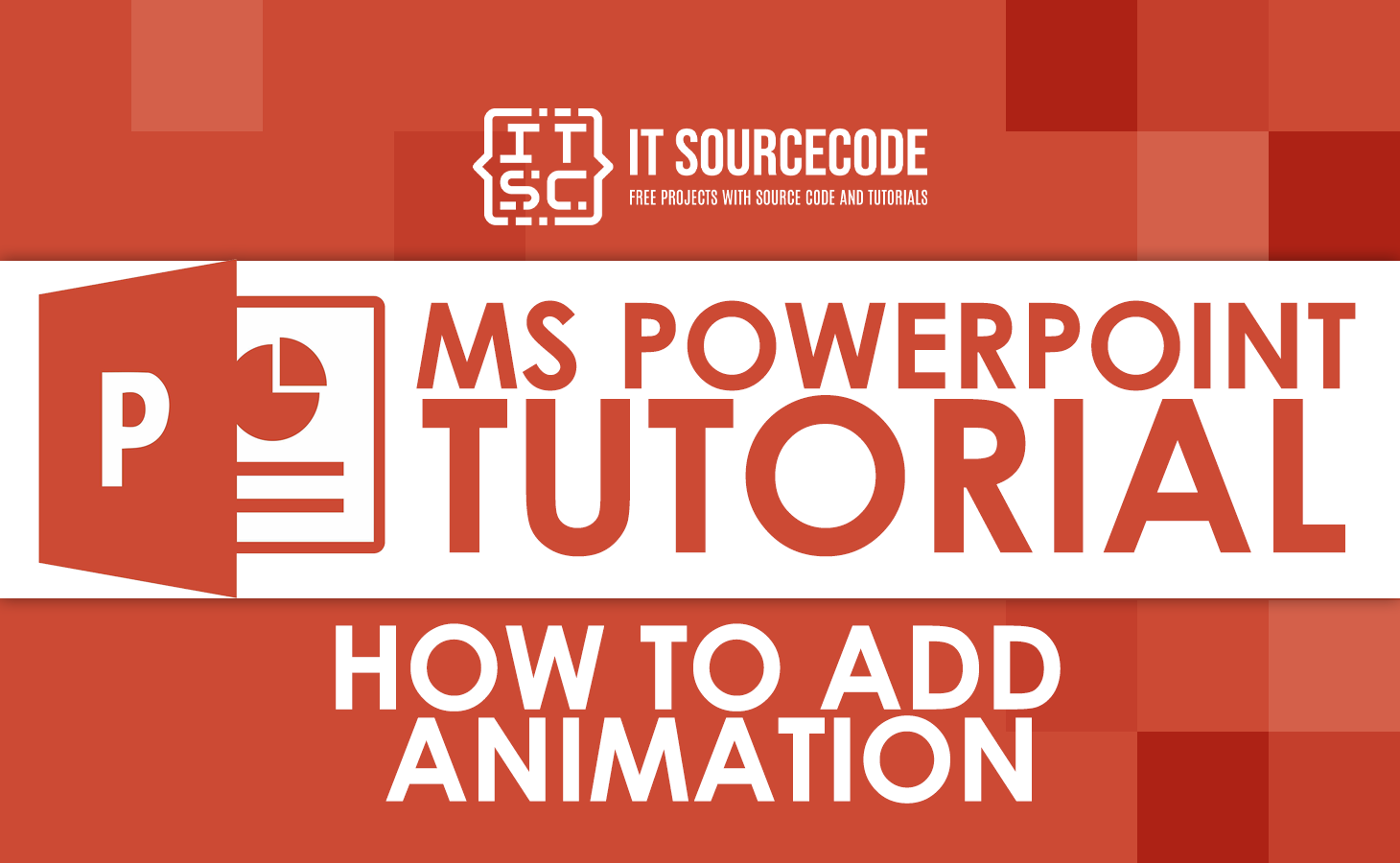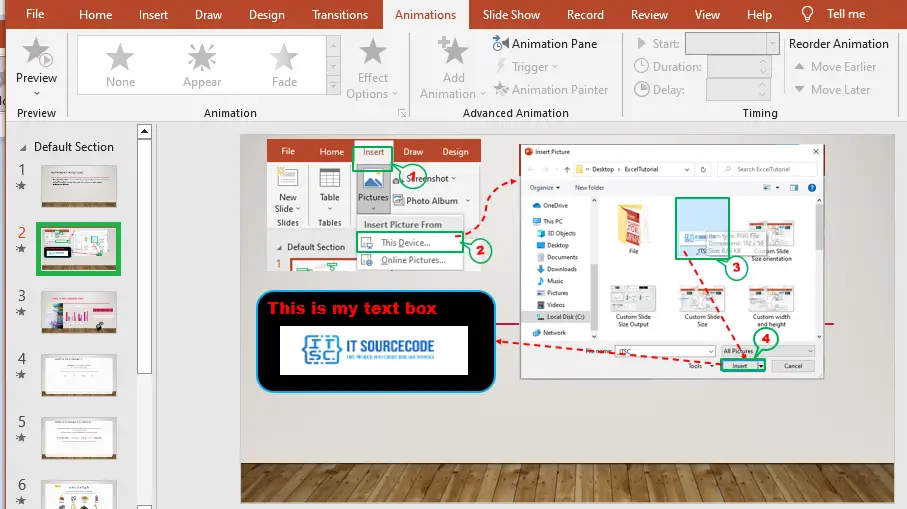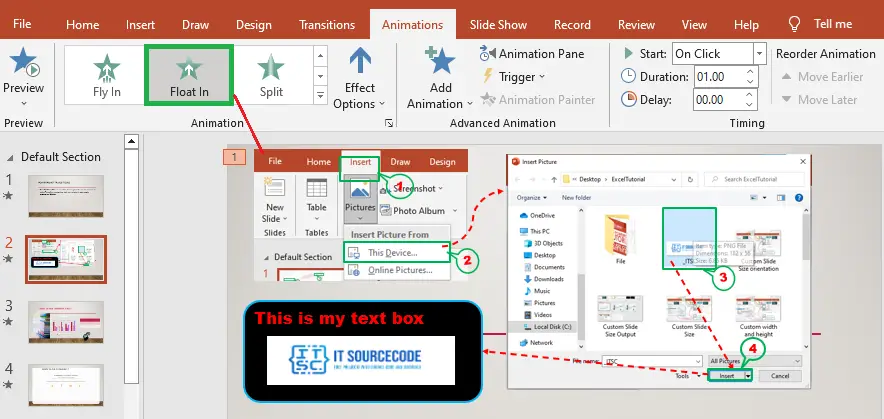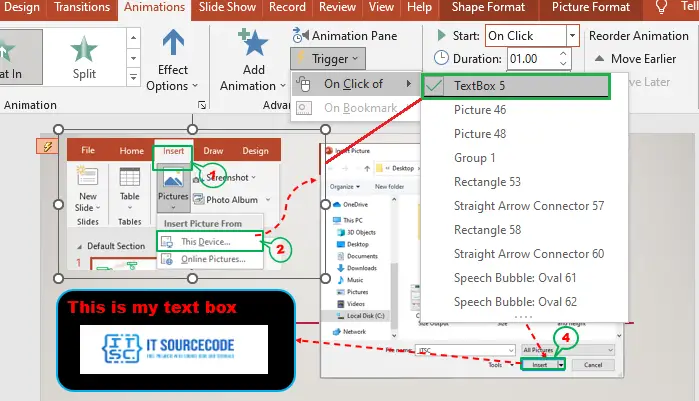Are you looking to add a contact of excitement to your presentations? In this article, we will guide you through the process of how to add animation to PowerPoint presentations.
Animation can be a great way to grab the attention of your audience and keep them engaged. With PowerPoint, adding animation to your slides is easier than you might think.
Now, without further ado, let’s get in-depth on what the animations of Powerpoint can do.
What are PowerPoint animations?
PowerPoint animations refer to the visual effects that can be added to elements in a PowerPoint presentation, such as text, images, shapes, and charts. These animations can be used to make a slide more dynamic and engaging or to emphasize specific elements within a slide.
Specifically, this can be used to highlight key points, reveal information, or simply add some visual interest to your presentation.
They can also include movements such as fades, entrances, exits, and more, as well as custom effects created by the user.
Moreover, PowerPoint animations can be applied to individual elements or to entire slides and can be customized in terms of duration, speed, and direction.
How to add animation to PowerPoint
Adding animation to your PowerPoint presentation can help to engage your audience and make your presentations more dynamic and visually appealing. Here’s how to add animation to PowerPoint:
Select the object that you want to animate on your slide.

Click on the “Animations” tab in the ribbon.

Choose the type of animation that you want to apply from the options available.

Adjust the animation options, such as duration and direction, as desired.

Set the timing and triggers for your animation, if desired.

Tips: You can also customize your animation effects, explore advanced animation techniques, and experiment with different animation options to create truly unique and dynamic presentations.
How to add multiple animations to one object in PowerPoint
Powerpoint allows you to add multiple animations to a single object of your presentations, to do this follow these steps:
Step 1. Select the object you want to animate on your slide.
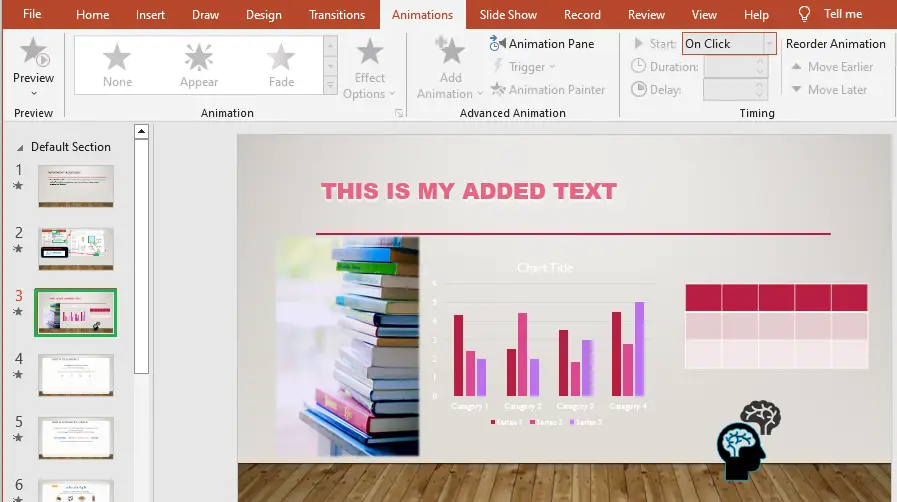
Step 2. Click on the “Animations” tab in the ribbon.

Step 3. Choose the first animation you want to apply from the options available. In this case, we chose Zoom animation.
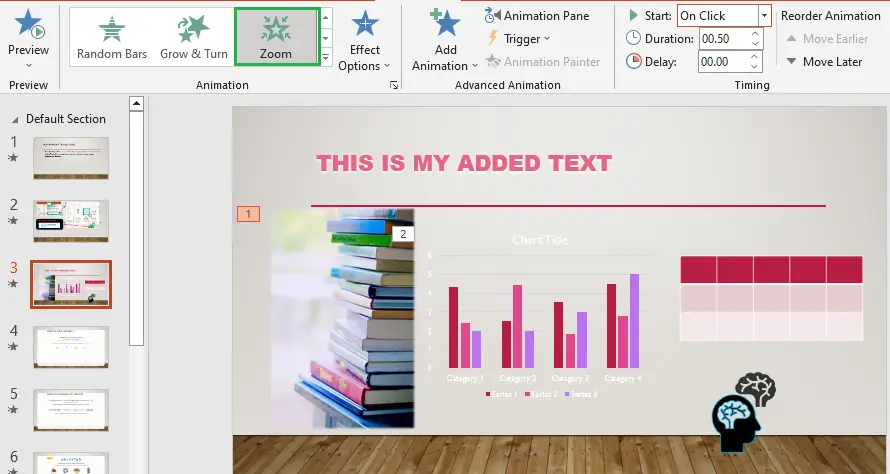
Step 4. Adjust the animation options as desired.
Step 5. Repeat steps 3 and 4 for each additional animation you want to apply to the same object.
Step 6. Use the “Animation Pane” to organize and manage your animations.
Anyway, Animation Pane allows you to view all of the animations on your slide, adjust the order in which they occur, and control the timing and triggers of each animation. This can be useful when working with multiple animations on the same object.
Here is the preview of multiple animations in an object:
Take Note: Adding multiple animations to the same object can quickly become complex and cluttered. To ensure that your presentations remain visually clear and effective, use animations sparingly and consider the overall impact of each animation on your audience.
How to remove animation from PowerPoint
To remove an animation from a PowerPoint presentation, follow these steps:
- Select the object that has the animation you want to remove.
- Go to the “Animations” tab in the ribbon.
- Locate the animation that you want to remove in the “Animations” section.
- Click the “Remove Animation” button in the “Animations” section.
Alternatively, you can also remove an animation by selecting the object, then going to the “Animations” tab and selecting “No Animation.” This will remove all animations from the selected object.
Note: Keep in mind that removing animations can impact the overall flow and appearance of your presentation. Be sure to preview your presentation after removing animations to ensure that it still effectively communicates your message.
Advanced Animation Techniques
Once you have a good understanding of the basics of adding animation to your slides, you can start exploring some of the more advanced animation techniques.
For example, you can create custom animations using the “Custom Animation” option, or you can even animate chart data in your slides. The possibilities are virtually endless, so don’t be afraid to experiment and try new things.
Conclusion
Adding animation to your PowerPoint presentations can be a great way to grab the attention of your audience and keep them engaged.
With the wide variety of animation options available, you can create truly unique and dynamic presentations that will impress your audience. Whether you are just getting started with animation or are an experienced user, there is always more to learn and explore, so get creative and start animating your slides today!
Thank you for reading 🙂

